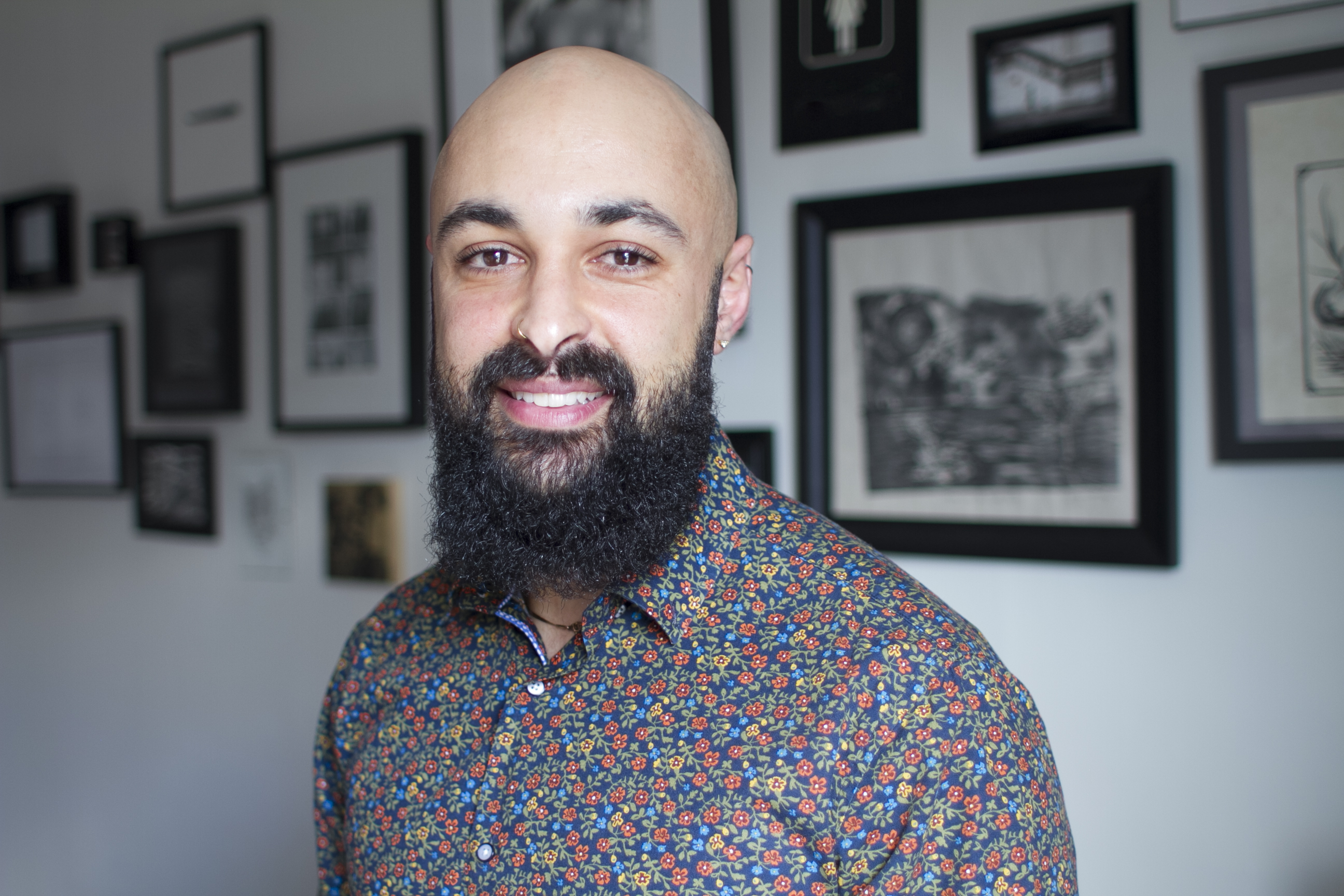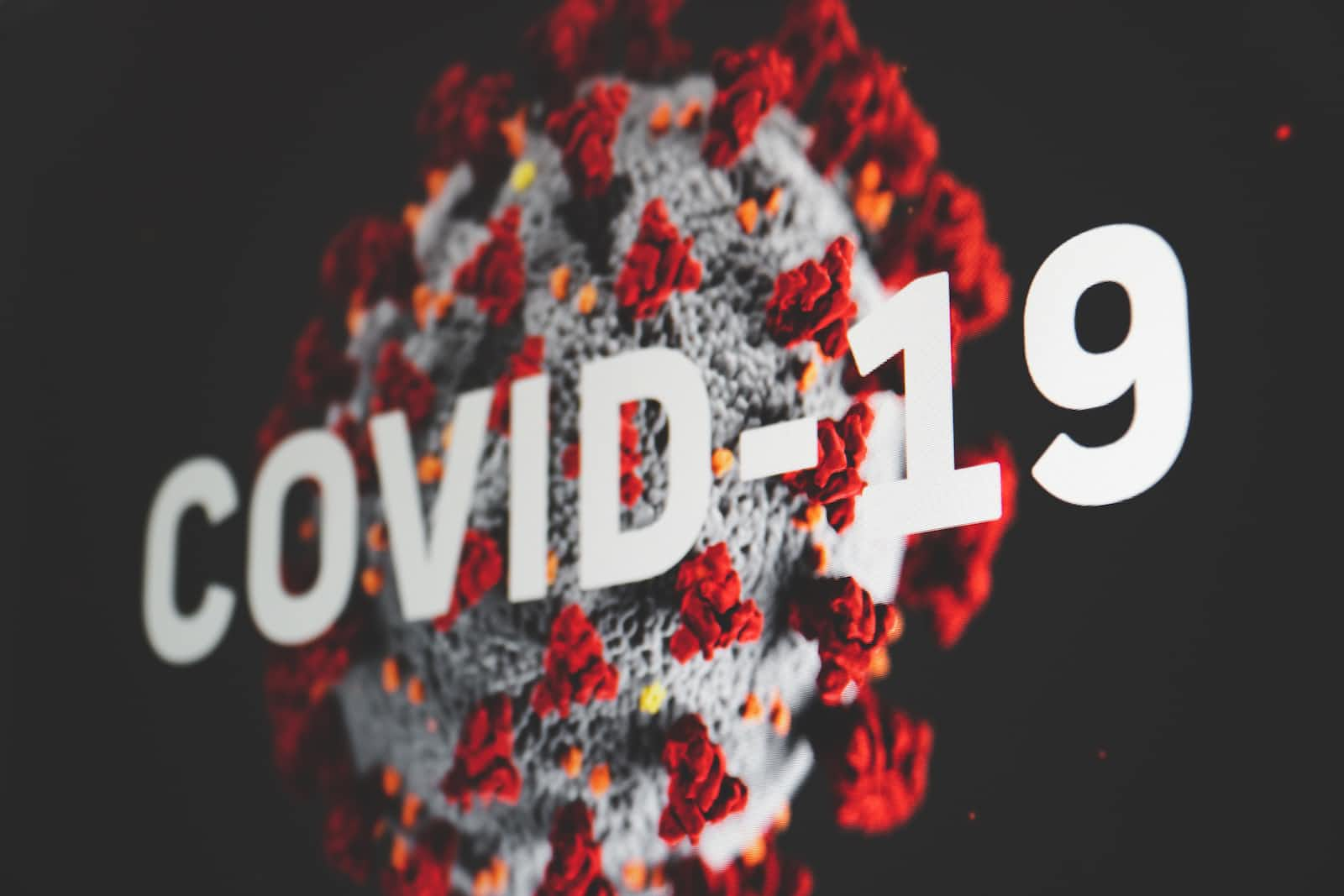Lessons From the Pandemic: Microbiologist Hamza Mbareche Reflects On the Race to Understand COVID-19
 Hamza Mbareche
Hamza Mbareche
For every microbiologist, the greatest test of our knowledge and challenge to our determination came in the spring of 2020, when the world awoke to the danger of COVID-19.
The virus had been spreading through countries and communities, but this was the moment when government leaders, news organizations, international medical groups and the wider public began to realize that the disease was more than just a regional story, or part of a short news cycle. By the spring of 2020, people were alert, on-guard — and yes, scared.
We in the scientific community were thoroughly engaged. Faced with this epidemiological puzzle, all of our talents and training were now focused on understanding a single virus.
As the greatest minds in the fields of airborne microorganisms sought to understand the nature of COVID and the characteristics of its rapid spread, research expanded exponentially.
This was true of my own research, as well. Two of my research papers during this period analyzed issues directly related to the pandemic.
“Surface and Air Contamination With Severe Acute Respiratory Syndrome Coronavirus 2 From Hospitalized Coronavirus Disease 2019 Patients in Toronto, Canada, March–May 2020” appeared in The Journal of Infectious Diseases in November of 2021. As part of the team that produced this study, I assisted in quantifying the risk to health care workers of exposure to COVID-19.
As we noted, “The findings of this study provide insights into surface and air contamination with SARS-CoV-2 in hospitalized COVID-19 patients. We found that SARS-CoV-2 RNA was detected on a minority of surfaces in COVID-19 patients’ rooms and rarely from air samples, and only early in the course of their hospitalization. These data suggest environmental sources are unlikely to pose a major exposure risk in hospitals with similar personal protective equipment, surface decontamination procedures, and ventilation in place.”
Although our data suggested the risk was not high, it did spike during the early stages of infection: “We attempted to recover SARS-CoV-2 virus from 36 environmental surface samples, 6 (17%) of which from 3 (4%) patients yielded viable virus; positive cultures were confirmed with SARS-CoV-2 RT-PCR. It is notable that all surface samples that yielded viable virus were collected from patients within 5 days of illness onset.”
In another study, I examined COVID risks to health care workers from another perspective. The paper, titled “Quantitative Assessment of Viral Dispersion Associated with Respiratory Support Devices in a Simulated Critical Care Environment,” was published in the American Journal of Respiratory and Critical Care Medicine in February of 2021.
As the findings noted: “One of the major considerations for the administration of suitable respiratory modalities for patients in ICUs is the risk associated with the generation and dispersion of infectious pathogens from patients’ airways to healthcare workers and other patients. In this simulated critical care setting, a quantitative approach was taken to compare the viral dispersion associated with six respiratory support interventions.
“The results revealed that closed-circuit invasive ventilation and helmet ventilation with a PEEP valve were associated with the lowest amount of dispersion of the infectious bacteriophage and that use of HFNO and nasal prongs was associated with the highest amount of dispersion. In general, bacteriophage concentrations were highest at the mouth and nose of the patient simulator and decreased with increasing distance. These results highlight the importance of appropriate infection prevention and control practices and personal protective equipment for healthcare workers performing aerosol-generating medical procedures for patients with COVID-19.”
In both studies, the findings provided guidance for medical facilities in understanding risks to health care workers, and taking steps to mitigate these dangers. Important lessons were learned, and scientists are in a stronger position to understand the next challenge — and to meet it.
Subscribe to my newsletter
Read articles from Hamza Mbareche directly inside your inbox. Subscribe to the newsletter, and don't miss out.
Written by

Hamza Mbareche
Hamza Mbareche
Senior scientist Hamza Mbareche specializes in bioaerosols, the microbiome, molecular biology, and bioinformatics. An expert on infectious diseases, viral transmission, and public health, Mbareche is also a researcher, trainer, consultant, and author. His mission is to elevate health, well-being, and patient care. The foundation of his expertise is built on his graduate research of next-generation sequencing technologies applied to bioaerosols. At the time, he was searching for a way to define the microbial diversity of both fungi and bacteria in the air of several environments, aiming to characterize the population’s occupational exposure. He believes in building cumulative knowledge in the field of science through collaboration. With this in mind, he designed and delivered specialized training regarding sequencing to diverse audiences, including undergraduate and graduate students, as well as hospital staff. Hamza Mbareche has been published in several peer-viewed, top-ranked journals spanning multiple fields, including Applied and Environmental Microbiology, American Journal of Respiratory and Critical Care Medicine, and The Lancet Digital Health. Additionally, he has also published a chapter as a single author called “Next-Generation Sequencing in Environmental Mycology. A Useful Tool?” in the Encyclopedia of Mycology, edited by the academic publishing house Elsevier. He has authored approximately 30 scientific articles cited 585 times in the last five years. The future of his research lies at the intersection of infectious disease, genomics, bioinformatics, public health, and science outreach, exploring scientific fields and applying his skills to have a positive impact on the health and well-being of others.